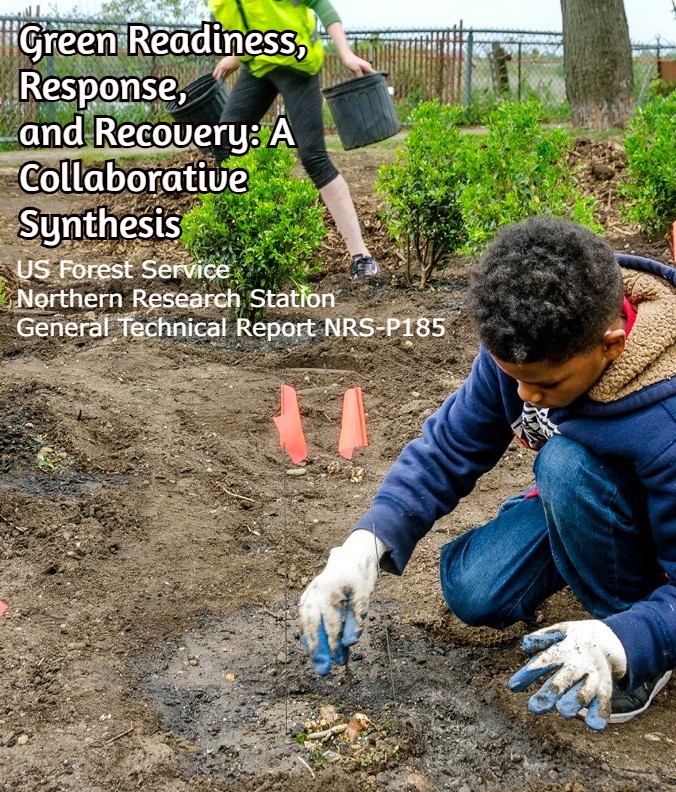
We’re accustomed to images of the physical ravages of disasters. We see them, on TV or social media, almost daily. What we can’t see is the devastating human toll – not just injuries and death – but in spirit as well.
Natural catastrophes do more than level buildings; they fracture the bonds that hold communities together.
“It’s often forgotten is that we are not apart from nature. We are part of nature. Our need to connect with it is innate. When it’s lost, we suffer. This is why we work to give people the opportunity to connect with nature; to restore this essential, sacred bond. A simple concept, yet wholly profound when exercised.” Tom Stoner, Co-Founder, TKF Foundation, Nature Sacred
After the Storm
Through community stewardship and rebuilding a “sense of place” you can begin to bounce back from disaster. You can enable people to participate in their own recovery and to create a shared purpose. Coming together in acts of grass-roots stewardship can reweave the fabric of a community, restore hope, and build confidence in the future. The act of coming together, working side-by-side, and creating change helps individuals and communities recover emotionally, psychologically, and spiritually. In some cases, stewardship can help communities become stronger than they were before the trauma.
That’s the case made by a team of Forest Service and academics who studied how communities prepare for, respond to, and recover from severe shocks — both natural like tornadoes and hurricanes; and planned like the attacks of September 11. Their conclusion: urban foresters can play a key role in shepherding their communities from readiness through response, and ultimately to resilience.
Much of this section is adapted from their work: Green Readiness, Response and Recovery.


